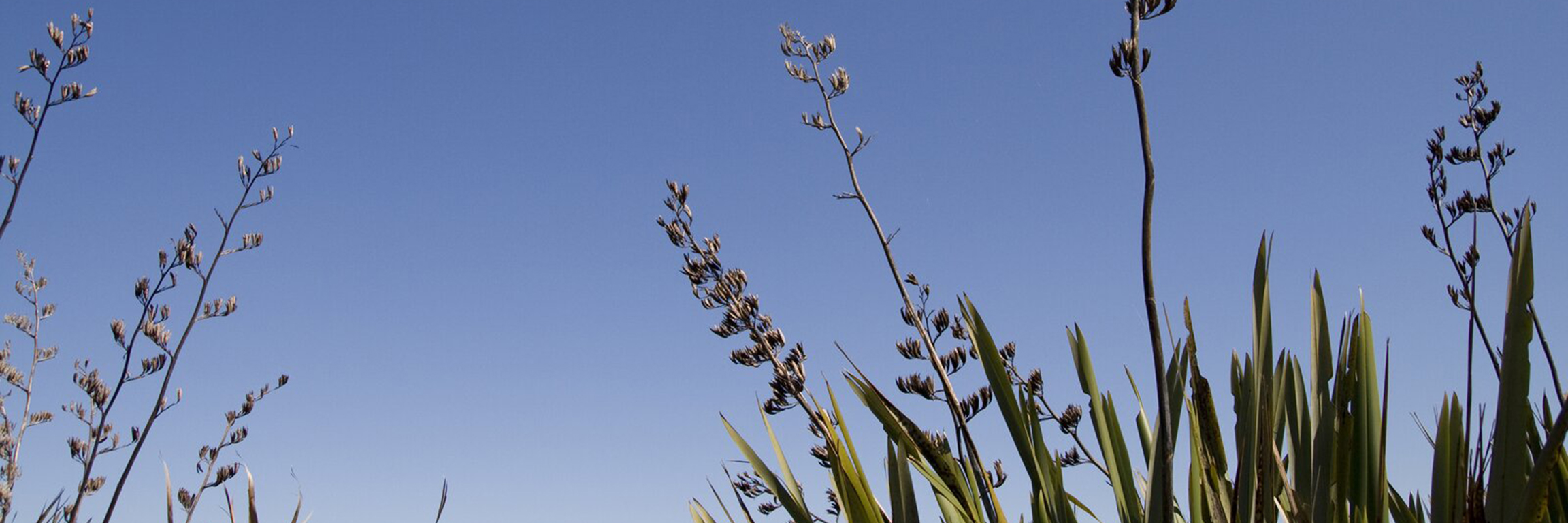Most of New Zealand’s native birds, lizards, mammals and frogs are legally protected and cannot be killed or taken from the wild without a permit.
Native plants on the conservation estate are also protected. The harvest of native timber on most privately owned land is restricted to sustainable harvest levels by the Forest Amendment Act.
Traditional use
Historically, Māori made extensive use of what nature provided and they have used many native plants and animals for centuries.
Māori consider native plants and animals as taonga (treasure). They are treasured not just for their usefulness, but for the values they represent. Native plants and animals within our forests also have a special connection for Māori within the world of Tane. These principles are the basis of traditional Maori practices known as ‘tikanga’. Tikanga are traditional Māori practices that help Māori to understand who they are and how they are connected to the natural world, as well as ensuring the sustainable harvest of the resources on which Māori depended. Even today, tikanga govern the way in which many species are protected, managed and (if appropriate) used for a particular purpose.
All of these taonga of the natural world possess tapu (sacredness), mana (spiritual power) and mauri (life force). These protect the integrity of the natural world and the species contained within it. Māori used various tohu (indicators) to assess the state of these resources. These also provide guidance, particularly for the timing of harvesting and the amounts to be taken.
Traditional Māori use for these taonga include:
- Food.
- Building materials.
- Medicine.
- Making weapons, tools and implements.
- Clothing.
- Decoration.
- Ceremonial purposes.
Some taonga were used for more than one purpose:
- Birds were harvested for food, as were huhu grubs, koura, tuna and other freshwater fish species. Many plants were also used for food, and even today, plants like puha, pikopiko and harore are still collected.
- Wood from totara, matai and kauri trees was widely used for building and waka construction.
- Medicines were made from plants such as kawakawa, kumerahou and karamu, but the range of plants used was, and remains, much more extensive than these.
- Implements used in day-to-day living were made from a whole range of plant species, while pingao, kiekie and harakeke were used for weaving as well.
- Bird feathers and some plants were used for decoration, and some plants had ceremonial purposes.
- Whalebone was used for ornaments and weapons, as were stones such as pounamu and tuhua.
What is protected?
Since 1840, three quarters of the native vegetation in the Waikato region has been cleared for pasture, horticulture, pine plantation or urban areas. Just over half of what is left is legally protected, and 40 percent of these protected areas need fencing to keep stock out.
The selective harvest of non-timber trees on private land is not regulated. The extent of native plants harvested on private land for firewood, medicinal, craft or other uses is not known.
In New Zealand, most species of native birds, and all native lizards, mammals and frogs are legally protected. Whitebait and some native game birds (for example grey ducks and pukeko) can be taken in season. All plants on the conservation estate are legally protected.

